
Design of Double Curved Self Spanning Horizontal Laminated Glass
There is a desire in architecture to design and achieve transparent canopies and glazed rooves that are free from the visual clutter and the

There is a desire in architecture to design and achieve transparent canopies and glazed rooves that are free from the visual clutter and the
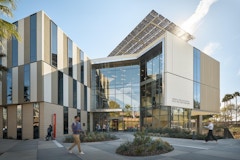
Photovoltaics (PV) have been utilized in buildings for decades, especially in Europe where legislative support has largely driven the market. With

Laminated glass with standard PVB has long been used for safety and security due to its ability to adhere the broken glass fragments together. As the

Precision in digital workflow is necessary to deliver facade projects where there is a high design aesthetic or structural performance requirement.
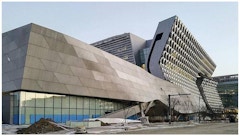
The design of complex, high-performance facades involves balancing attention towards principles of material selection, thermal and moisture

Window glass design using ASTM E 1300 entails determining glass thickness(es) and types so that the window glass construction load resistance

A small team of digital designers at the Schüco Virtual Construction Lab (VCL) in NYC is developing a new way for clients to experience and evaluate facade products. The VCL will be demonstrating the technology at the conference in Los Angeles on March 12-13.
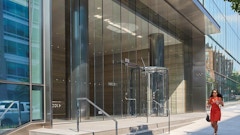
The design of structural glass systems continues to evolve with the parallel development of new manufacturing technology. Improvements in the

ASTM E 1300 “Standard Practice for Determining Load Resistance of Glass in Buildings” defines the load resistance of a glass construction as being
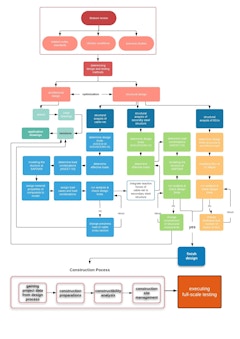
Flat cable-net facades are form-active structures which provide maximum transparency by means of point fixing components, tensioned cables, and

The American Southeast is home to a thriving architecture and engineering industry; shaping one of the fastest growing regions in the country. The online conference, co-chaired by Perkins&Will, will highlight exemplary case studies and emerging trends across the region.

Multilayer design technique in metal facades is introduced in this paper. Generally, in this technique, a metal facade is designed in the fourth

The piezoelectric facade as a self-sustained technology can generate a considerable amount of energy by converting swaying motions (actuated by the
Currently, most spandrel glass in commercial curtain walls comprises insulating glass fabricated using an interior heat strengthened glass lite that

Shadow boxes are commonly used in curtain wall construction, but can be problematic if not designed and detailed correctly and appropriately for the

Parametric Design has become an invaluable tool for complex tasks like designing energy efficient buildings when joined to performance-based
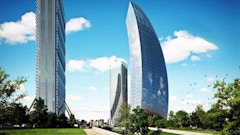
Nowadays the construction industry is characterised by high multifunctional and complex buildings with innovative facade systems. Unlike a simple

In 1959 Heinz Isler challenged the world of concrete shell design by proposing a series of shapes for shells that were very different from what most

Buildings account for over 40% of global emissions (GlobalABC, 2018). Growing populations and higher standards of living are increasing pressure on


